Is Alaska Still the Last Frontier for Trophy Fishing?
Alaska has long held a mythical status among anglers worldwide as the ultimate fishing destination. With its vast wilderness, pristine waters, and record-breaking fish, the 49th state has been dubbed “The Last Frontier” for trophy fishing enthusiasts. But in an era of climate change, increased tourism, and evolving fishing regulations, many wonder if Alaska still deserves this prestigious title. This article explores the current state of trophy fishing in Alaska, examining what makes it special, the challenges it faces, and whether it remains the premier destination for anglers seeking the catch of a lifetime.
The Historical Significance of Alaska’s Trophy Fishing
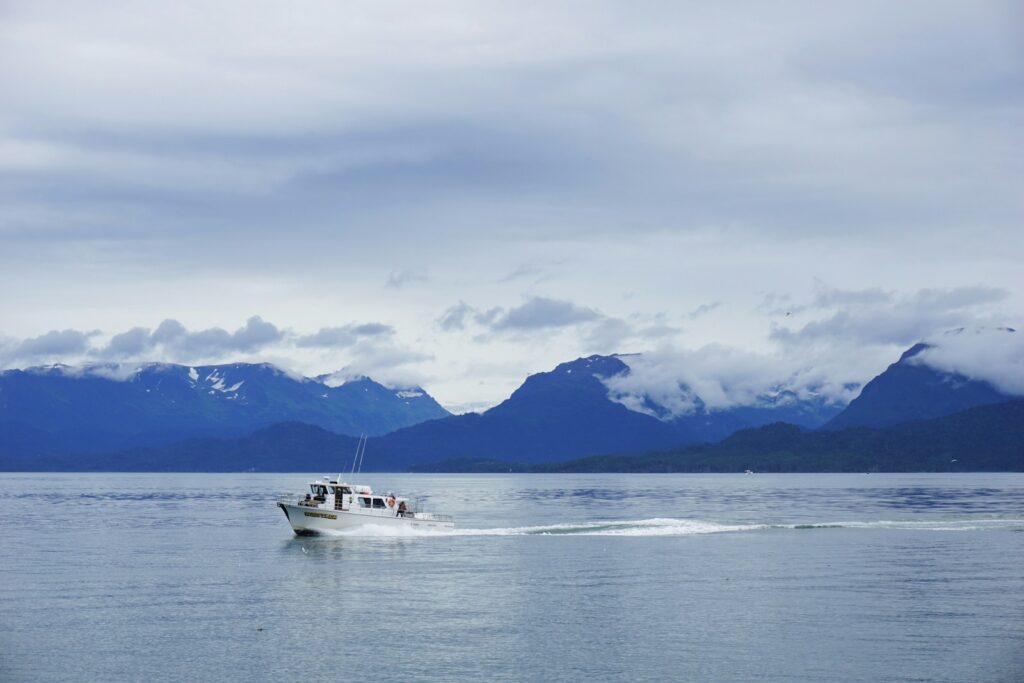
Alaska’s reputation as a fishing paradise didn’t develop overnight but emerged gradually as tales of massive salmon runs and monster halibut spread throughout the angling community. Since the mid-20th century, when improved transportation made the region more accessible, Alaska has been synonymous with world-class fishing opportunities. Legendary catches from the Kenai River, including the 97-pound king salmon world record set in 1985, helped cement Alaska’s status as the ultimate trophy destination. The state’s vast size—larger than Texas, California, and Montana combined—contains over three million lakes, 12,000 rivers, and 6,640 miles of coastline, creating an unparalleled diversity of fishing environments that historically remained relatively untouched by human activity.
The “Big Five” of Alaskan Trophy Fish
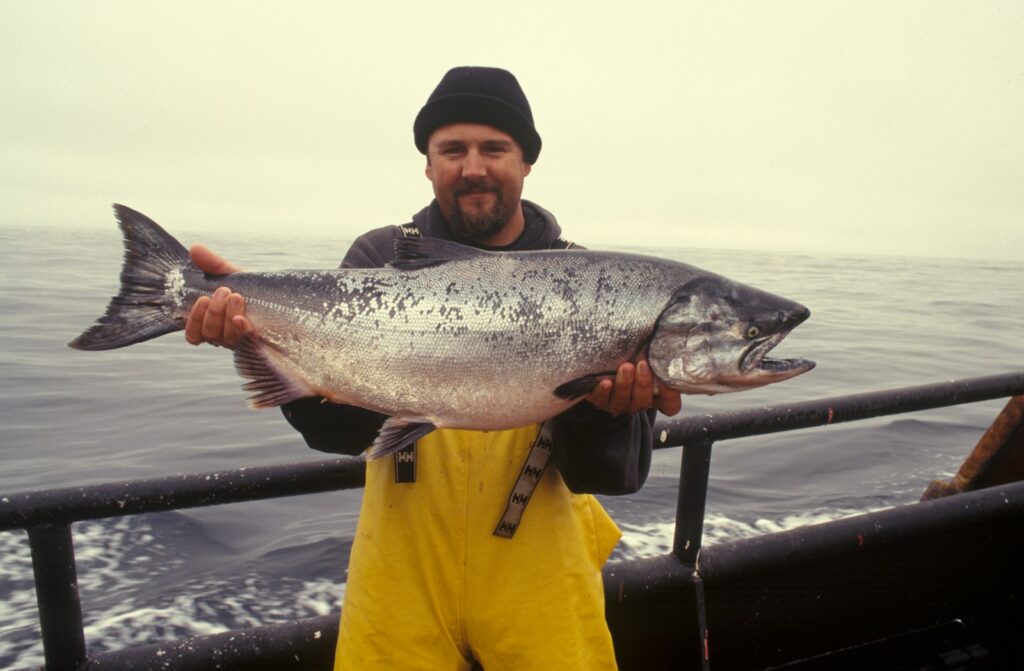
Just as Africa has its “Big Five” game animals, Alaska boasts its own prestigious lineup of trophy fish species that continue to draw anglers from around the globe. King (Chinook) salmon reign supreme, with specimens regularly exceeding 50 pounds and the potential to surpass 70 or even 80 pounds in some waters. Halibut represent the true leviathans of Alaskan waters, with “barn doors” weighing several hundred pounds lurking in the depths of coastal waters. Arctic char and Dolly Varden provide challenging targets in remote northern and western waterways, while rainbow trout in the Bristol Bay watershed grow to proportions seldom seen elsewhere, often exceeding 30 inches. Rounding out the “Big Five” are northern pike, which in Alaska’s remote lakes can reach lengths approaching five feet—dimensions rarely matched in the Lower 48 states.
Current State of Fish Populations
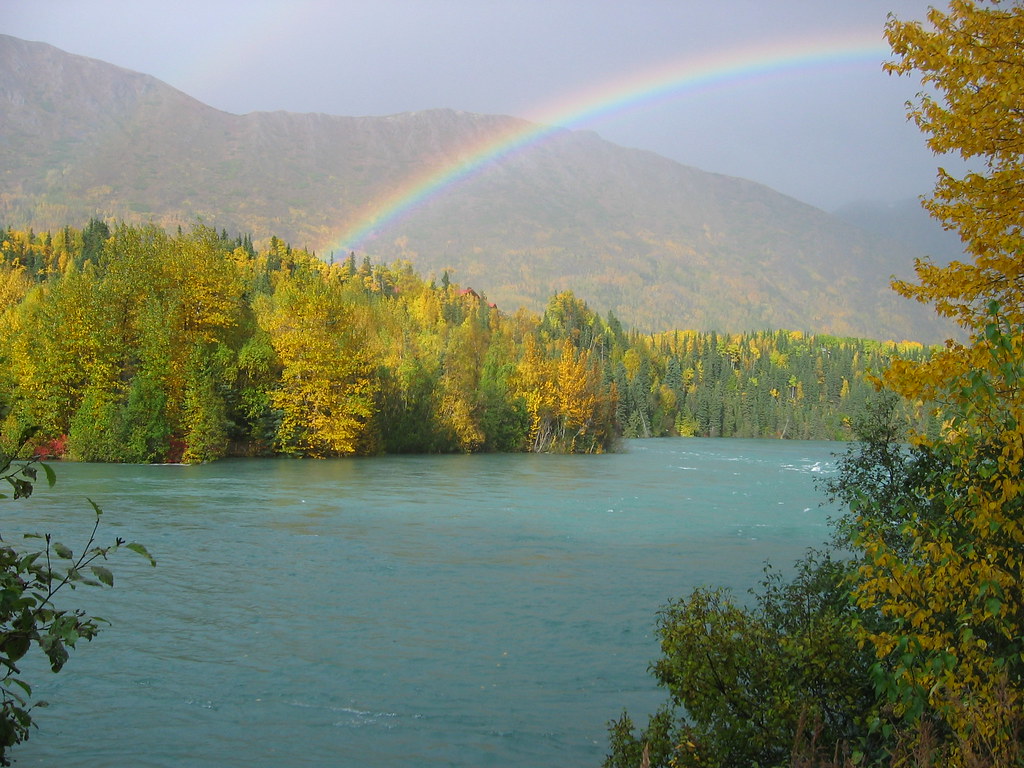
The health of Alaska’s trophy fish populations varies significantly by species and region, reflecting complex environmental dynamics. King salmon have faced concerning declines in several major systems over the past decade, with the Kenai River and Copper River runs showing particular vulnerability. By contrast, halibut populations remain robust, though the average size has decreased somewhat as fishing pressure has increased in accessible coastal areas. Rainbow trout populations in the Bristol Bay watershed continue to thrive, protected by strict catch-and-release regulations and the region’s relative remoteness. Arctic grayling, lake trout, and northern pike populations show stability in most regions, though localized pressures exist around population centers. Notably, some species are actually expanding their range northward as climate change warms previously inhospitable waters, creating new trophy opportunities in areas historically lacking these species.
Climate Change Impacts on Trophy Fishing
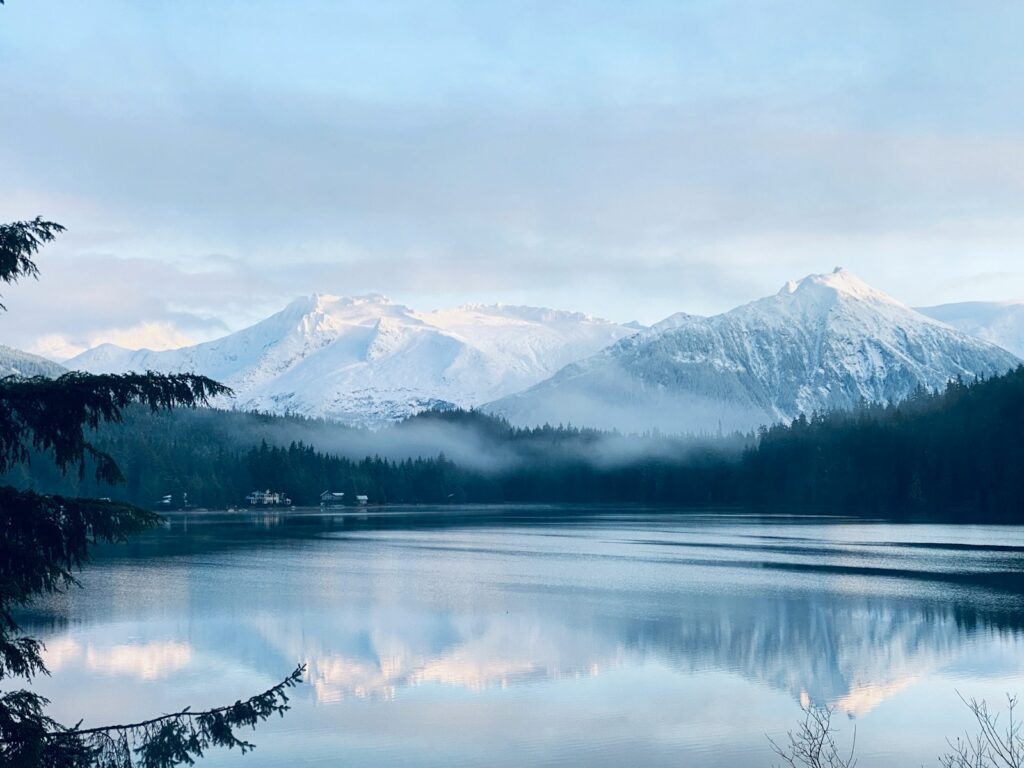
Climate change represents perhaps the most significant long-term challenge to Alaska’s trophy fishing status, with wide-ranging effects already being observed. Rising water temperatures have disrupted traditional salmon migration patterns, with some rivers experiencing runs occurring weeks earlier than historical averages. Ocean acidification, linked to increased carbon dioxide absorption, threatens the food chain for many marine species, potentially reducing growth rates for trophy specimens. Glacial retreat has altered river flows and sedimentation patterns, transforming habitats in ways that may benefit some species while harming others. Most concerning to biologists is the potential for ecosystem-wide shifts that could fundamentally alter food webs supporting trophy-sized fish, as warming waters favor different species compositions than those that historically supported exceptional growth. Despite these changes, Alaska’s sheer size and habitat diversity provide some buffering capacity that more limited ecosystems lack.
Accessibility and Infrastructure Development
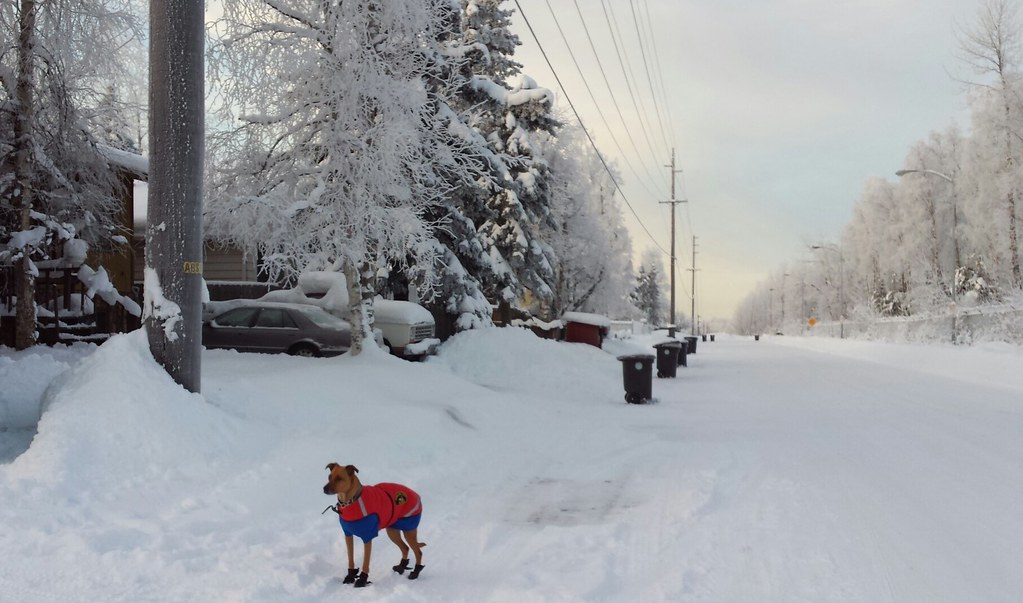
The paradox of Alaska’s fishing fame is that increased accessibility, while making trophy opportunities available to more anglers, inherently diminishes the “frontier” experience. Remote lodges have proliferated across the state, with helicopter and floatplane services now reaching watersheds that were virtually unfished just decades ago. Improved roads have opened previously challenging areas to day-trip anglers, particularly around population centers like Anchorage and Fairbanks. The cruise industry has dramatically increased the number of seasonal anglers visiting coastal communities, creating pressure on nearby fishing grounds during peak summer months. Despite these developments, vast swathes of Alaska remain accessible only by bush plane or multi-day wilderness treks, preserving truly frontier experiences for those willing to invest the time and resources. The continuing wilderness character of these areas, combined with limited pressure, contributes significantly to their ability to produce trophy specimens.
Regulation Changes and Conservation Efforts
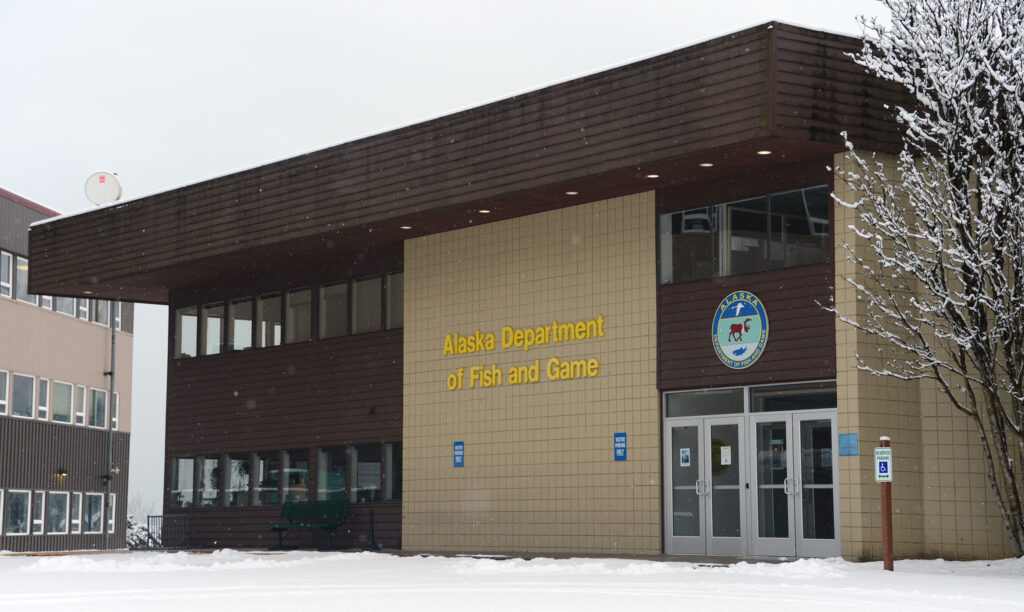
Alaska’s Department of Fish and Game has implemented increasingly sophisticated management approaches to preserve trophy fishing opportunities while ensuring population sustainability. Slot limits protecting the largest breeding fish have been introduced in several key watersheds, allowing anglers to target mid-sized fish while releasing the prime spawners. Catch-and-release requirements have expanded for several species, with complete prohibition on keeping certain trophy-sized fish in designated waters. Limited entry systems and lottery draws now control access to some of the most productive waters during peak seasons, preventing overcrowding while ensuring fair opportunity. These conservation measures, while sometimes reducing immediate harvest opportunities, have proven essential to maintaining Alaska’s capacity to produce trophy specimens at rates far exceeding most other destinations.
The Economic Impact of Trophy Fishing Tourism

Trophy fishing represents a vital economic engine for many Alaskan communities, generating substantial revenue streams that support local economies. Remote fishing lodges often charge between $5,000 and $15,000 per week, providing employment for guides, pilots, chefs, and support staff throughout the fishing season. Charter operations in coastal communities like Homer, Seward, and Sitka rely almost exclusively on anglers pursuing trophy halibut and salmon, supporting hundreds of businesses. The ripple effects extend to hotels, restaurants, transportation services, and retail establishments that cater to fishing tourists. Studies by the Alaska Department of Commerce estimate that sport fishing contributes over $1.4 billion annually to the state economy, with trophy anglers representing the highest-spending segment of this market. This economic importance creates powerful incentives for conservation, as communities recognize that sustainable trophy fisheries provide more long-term value than maximized short-term harvest.
Comparison with Other Trophy Destinations
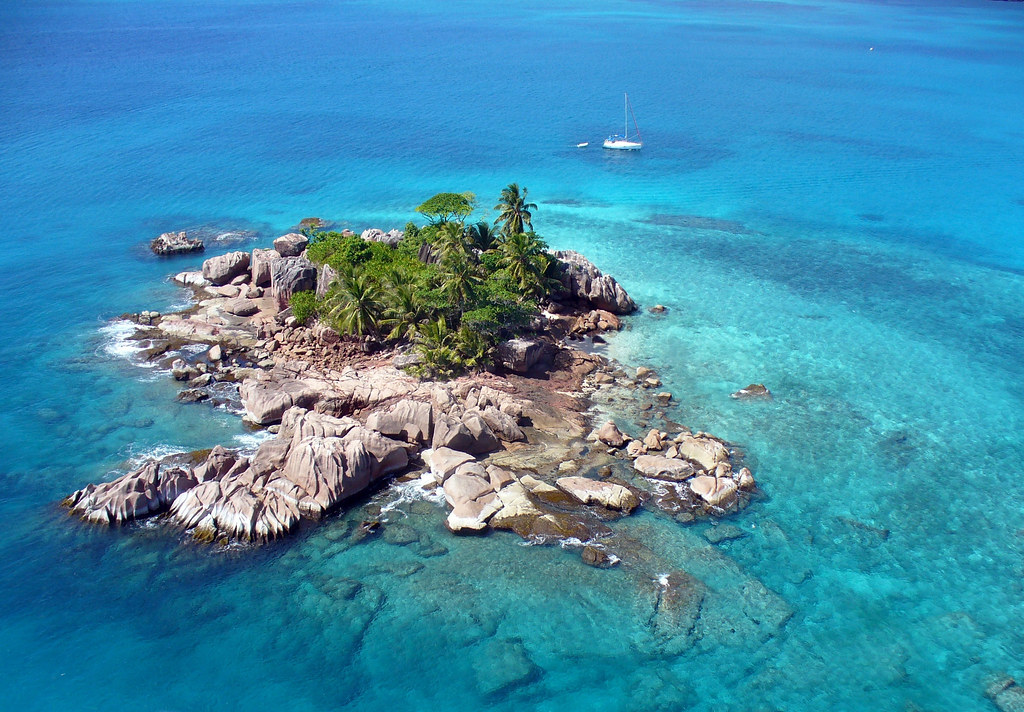
When evaluated against other world-class fishing destinations, Alaska continues to offer distinct advantages that maintain its premier status. Unlike tropical saltwater destinations like Costa Rica or the Seychelles, Alaska provides opportunities for truly massive fish that can be legally harvested, not just photographed and released. Compared to Canadian trophy waters, Alaska generally offers better infrastructure while still maintaining wilderness character across vast areas. European destinations like Norway and Iceland provide comparable quality for certain species but lack Alaska’s diversity of trophy opportunities within a single region. New Zealand, often cited as Alaska’s closest competitor for trophy status, offers spectacular trout fishing but lacks the variety of species and the sheer size potential of Alaska’s halibut and king salmon. This combination of diversity, size potential, accessibility, and wilderness experience continues to distinguish Alaska from its competitors.
The Rise of Fly Fishing Trophy Opportunities
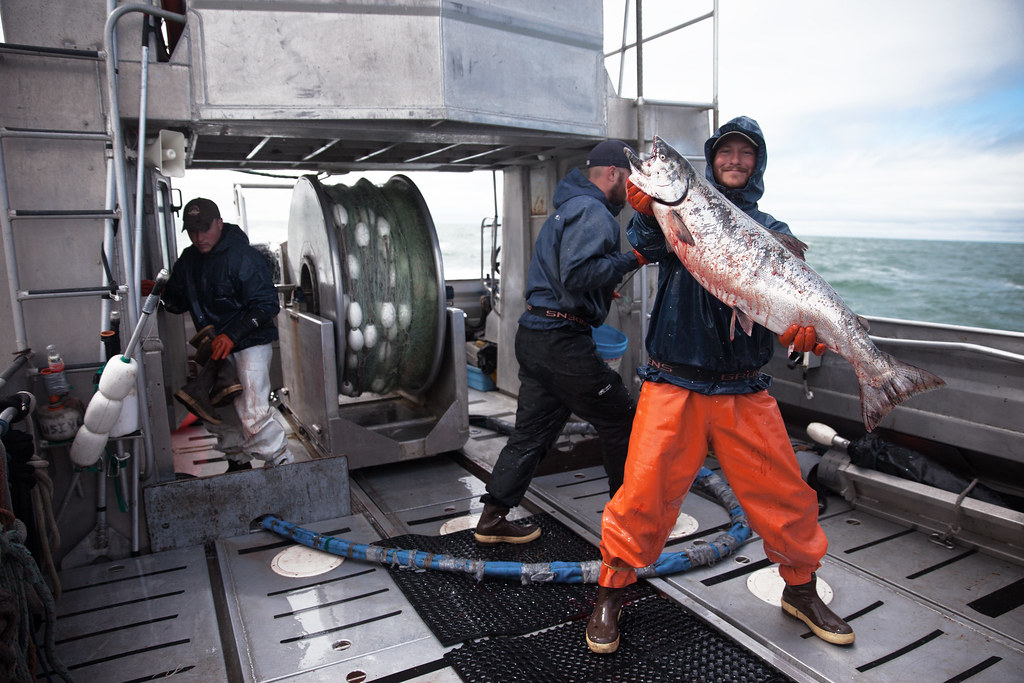
While traditional gear fishing has dominated Alaska’s trophy scene historically, fly fishing has emerged as a significant and growing segment of the trophy market. The Bristol Bay watershed has gained international recognition as perhaps the world’s finest trophy rainbow trout fishery, with fly anglers regularly connecting with specimens exceeding 30 inches. Lesser-known opportunities for trophy Arctic grayling on dry flies attract specialized anglers to remote northern rivers where these sail-finned beauties grow larger than anywhere else in North America. Fly fishing for silver salmon has developed cult status in certain coastal streams, where these acrobatic fish readily take streamers and provide spectacular aerial displays when hooked. Even species traditionally pursued with conventional gear, like northern pike, have developed dedicated fly fishing followings, with specialized operations catering to anglers seeking these predators on oversized streamers. This diversification of angling methods has broadened Alaska’s appeal while creating new niche markets for guides and lodges.
The Evolution of the “Trophy” Concept
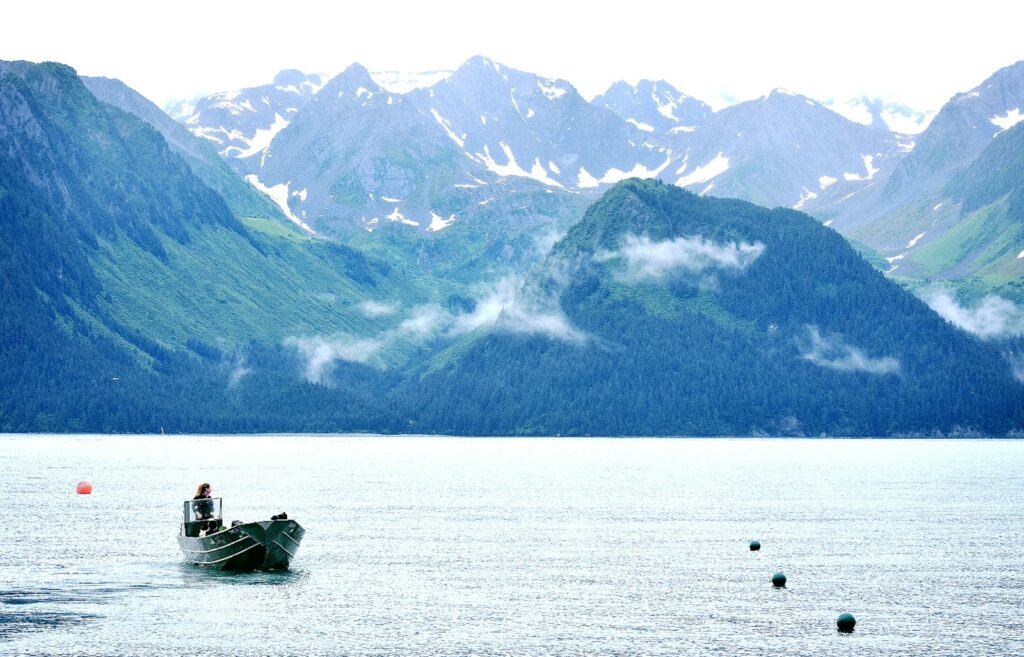
The very definition of “trophy fishing” has evolved significantly in Alaska, reflecting broader shifts in angling culture and conservation ethics. While trophy fishing historically centered almost exclusively on harvesting exceptionally large specimens, modern anglers increasingly define trophy experiences more holistically. For many contemporary anglers, factors like wilderness setting, fishing method, and the challenge involved carry equal or greater weight than merely the size of fish caught. Catch-and-release ethics have gained tremendous traction, with many dedicated trophy anglers now preferring to document their catches with photographs rather than bringing fish home. This shift has been supported by advances in quick-release photography techniques and the popularity of social media sharing. Trophy taxidermy has increasingly been replaced by high-quality reproduction mounts created from measurements and photographs, allowing the actual fish to swim away unharmed while still providing anglers with a permanent memento.
Technological Advances in Trophy Fishing
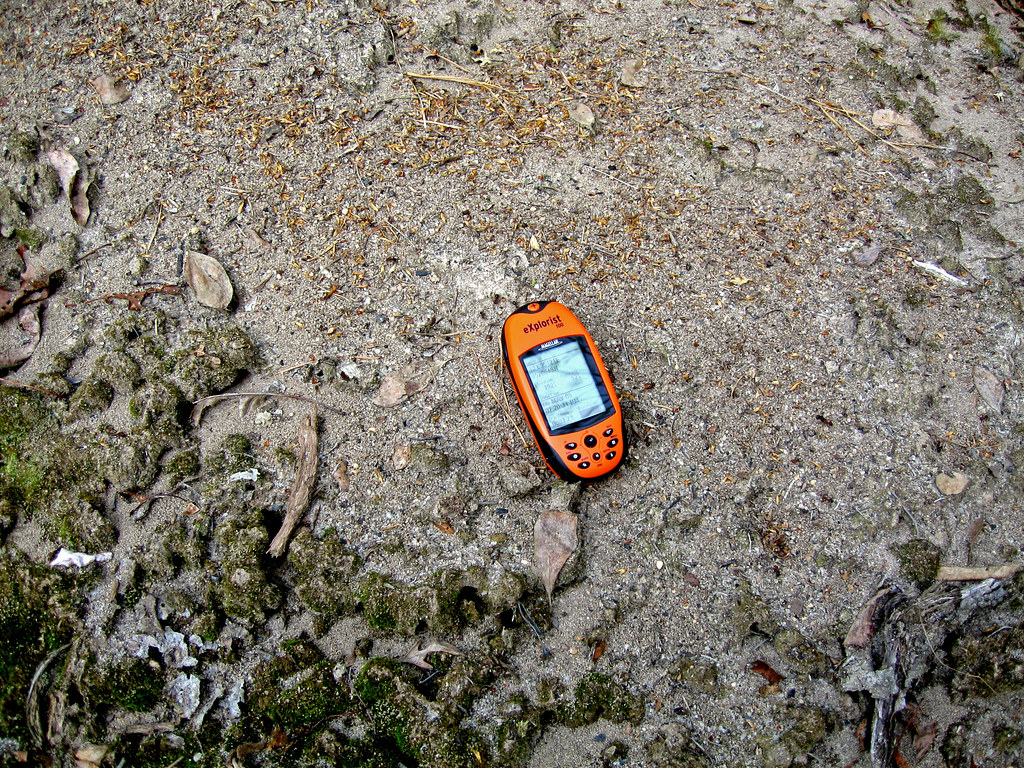
Modern technology has transformed the trophy fishing landscape in Alaska, creating both opportunities and challenges for maintaining its frontier status. Sophisticated fish finders and GPS mapping systems now allow anglers to locate and return to productive spots with unprecedented precision, increasing pressure on known trophy locations. Social media and online fishing reports spread information about hot bites almost instantaneously, sometimes leading to rapid concentration of effort on productive waters. Advances in tackle technology, including more sensitive rods, stronger lightweight lines, and more realistic lures, have increased anglers’ effectiveness in fooling wary trophy specimens. Paradoxically, technology has simultaneously enhanced conservation through the development of better catch-and-release tools, underwater cameras that reduce handling time, and mobile apps that help anglers identify species and understand regulations. The most successful trophy operations in Alaska today often blend technological advantages with traditional knowledge and wilderness experiences.
Emerging Trophy Opportunities in Overlooked Waters
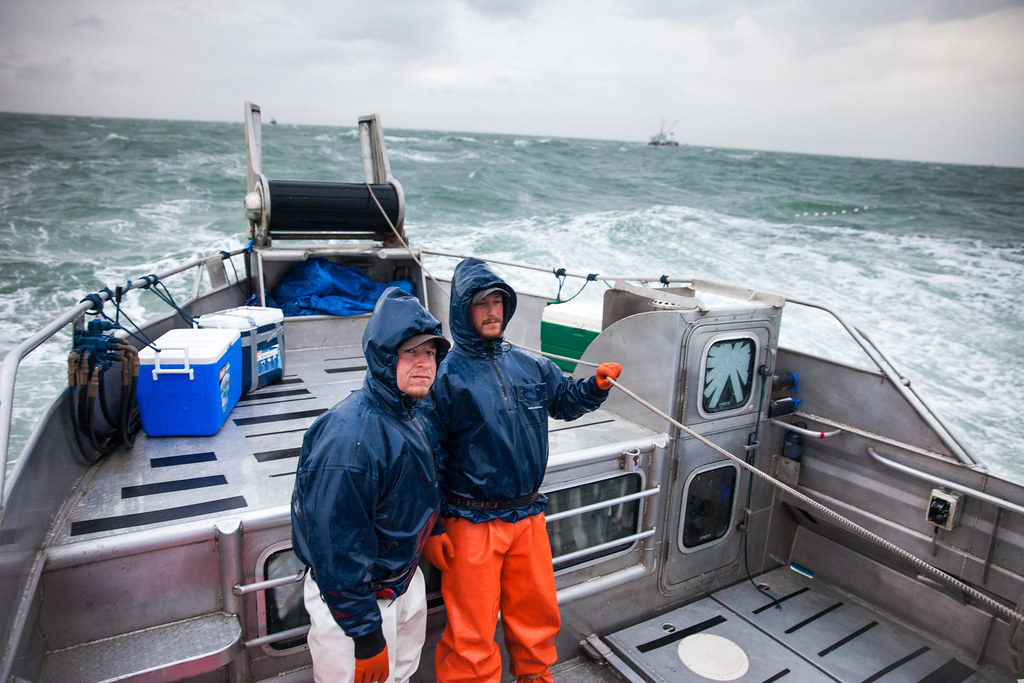
While established trophy destinations like the Kenai River and Bristol Bay receive much of the attention, knowledgeable anglers are increasingly discovering exceptional opportunities in Alaska’s less-heralded waters. Urban-adjacent streams, particularly around Anchorage, offer surprisingly good trophy potential for anglers willing to fish during off-peak hours or in overlooked sections. The Arctic coastal plain, historically difficult to access, has emerged as a trophy destination for massive lake trout and Arctic char as charter operations have established seasonal camps in the region. Southeast Alaska contains numerous remote island lakes with exceptional trophy potential for cutthroat trout, having received minimal pressure despite relatively close proximity to population centers. Trophy northern pike opportunities have expanded as warming temperatures extend their viable range, creating new fisheries in previously marginal habitat. These emerging opportunities help distribute fishing pressure away from traditional trophy waters while maintaining Alaska’s capacity to surprise and reward exploratory anglers.
The Future of Alaska’s Trophy Fishing Status
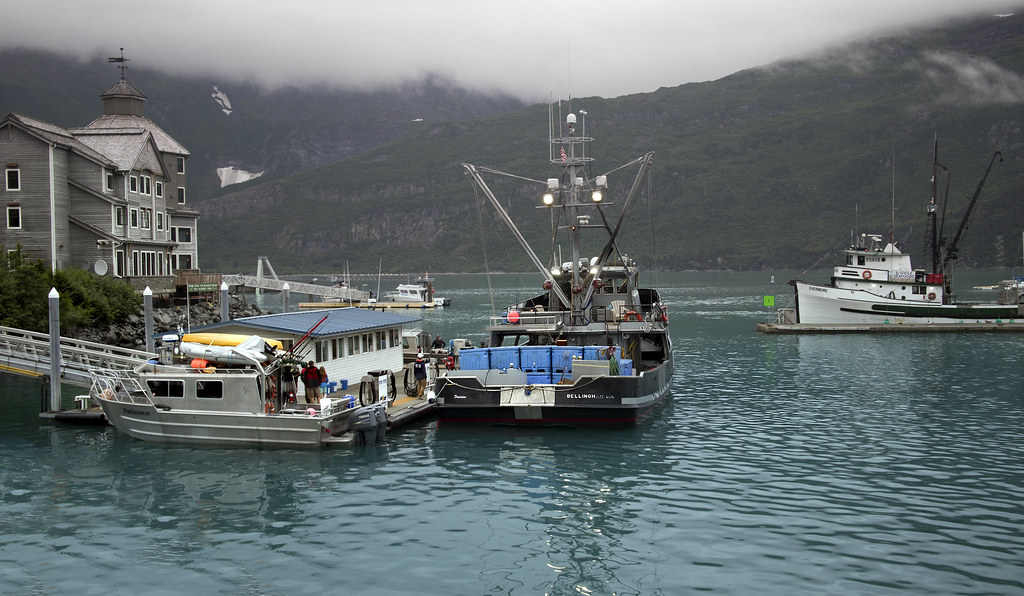
Looking ahead, Alaska’s position as the premier trophy fishing destination faces both challenges and reasons for optimism. Climate change will continue to alter ecosystems, potentially reducing trophy potential for cold-water specialists while possibly enhancing opportunities for adaptable species. Population growth and improved access will increase pressure on accessible waters, making management increasingly complex and potentially more restrictive. Conservation initiatives like the successful defense of Bristol Bay against large-scale mining suggest Alaskans recognize the value of intact ecosystems for supporting trophy fisheries. Technological advances in fish husbandry and habitat restoration offer potential tools for maintaining trophy potential even in stressed systems. Perhaps most encouragingly, the increasing embrace of catch-and-release ethics among trophy anglers creates the possibility of maintaining exceptional fishing experiences with substantially lower biological impact than historical harvest-oriented approaches. With proper management and continued conservation focus, Alaska’s unique combination of vast wilderness, diverse ecosystems, and exceptional fish can likely maintain its “Last Frontier” status for generations to come.
Alaska still rightfully claims the title of “The Last Frontier” for trophy fishing, though the frontier has evolved rather than disappeared. Today’s trophy anglers in Alaska encounter a complex blend of wilderness and accessibility, traditional methods and cutting-edge technology, harvest opportunities and conservation imperatives. While pressures on trophy resources have undeniably increased, Alaska’s sheer scale, habitat diversity, and proactive management approach continue to produce trophy fishing experiences unmatched elsewhere in North America and perhaps the world. For those willing to venture beyond the most accessible waters, pursue varied species, and embrace evolving definitions of “trophy,” Alaska continues to offer fishing adventures worthy of its legendary status. The frontier may have changed, but it remains very much alive in the waters of America’s last great wilderness.


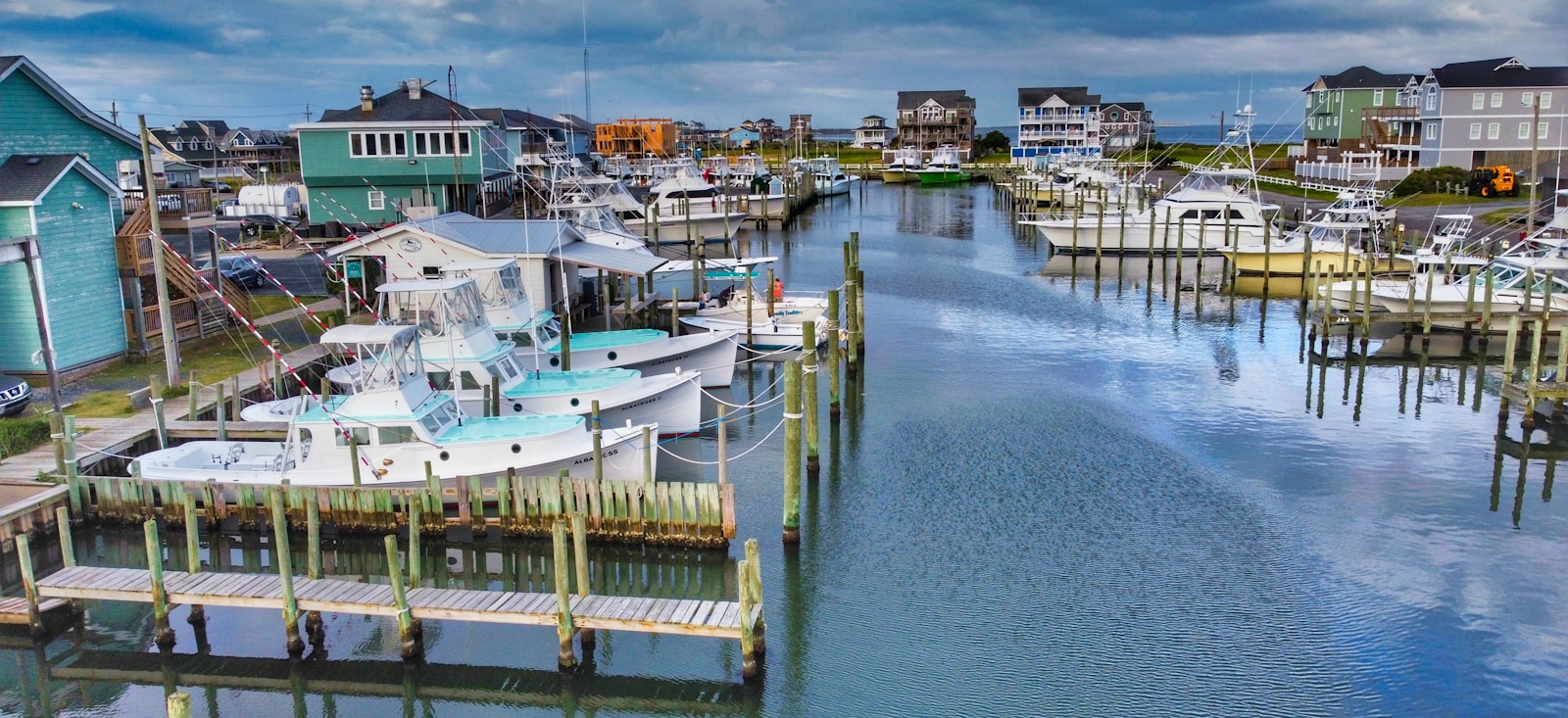
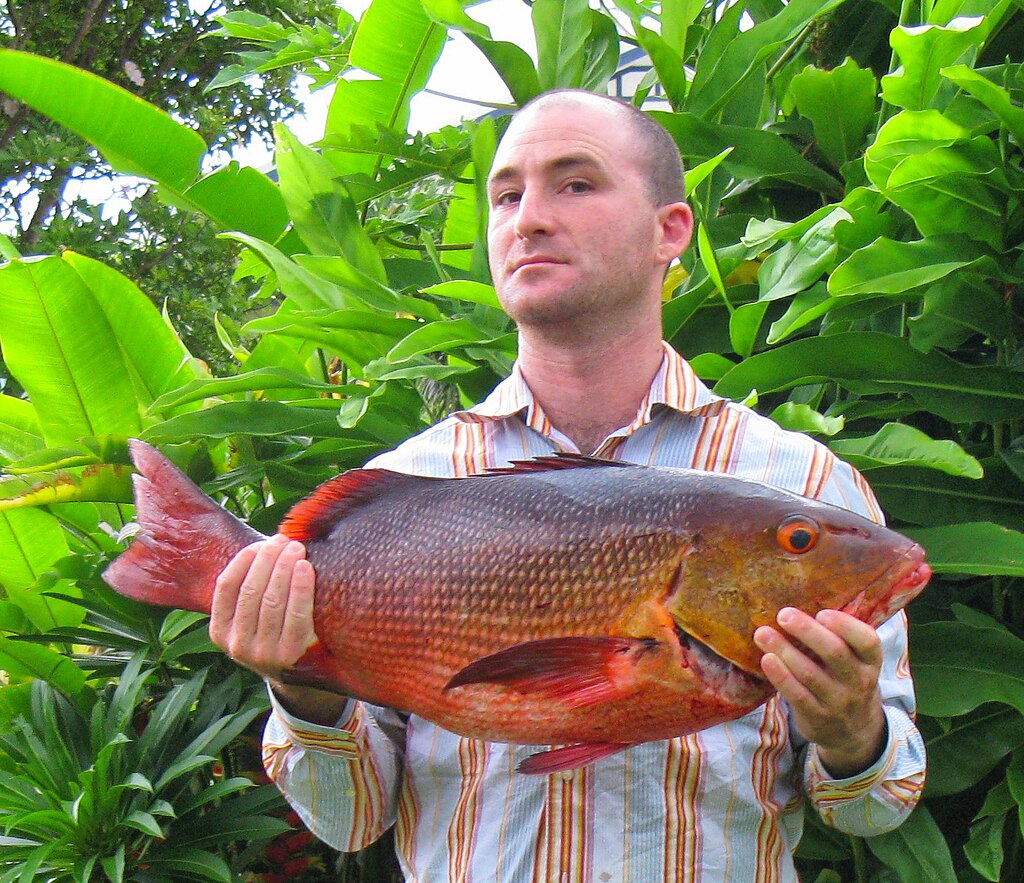
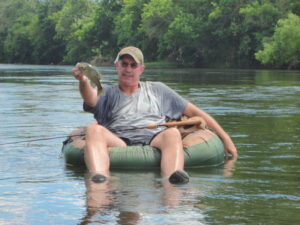
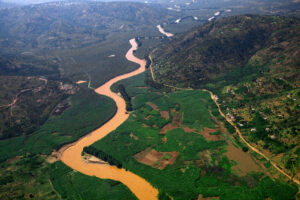








Post Comment